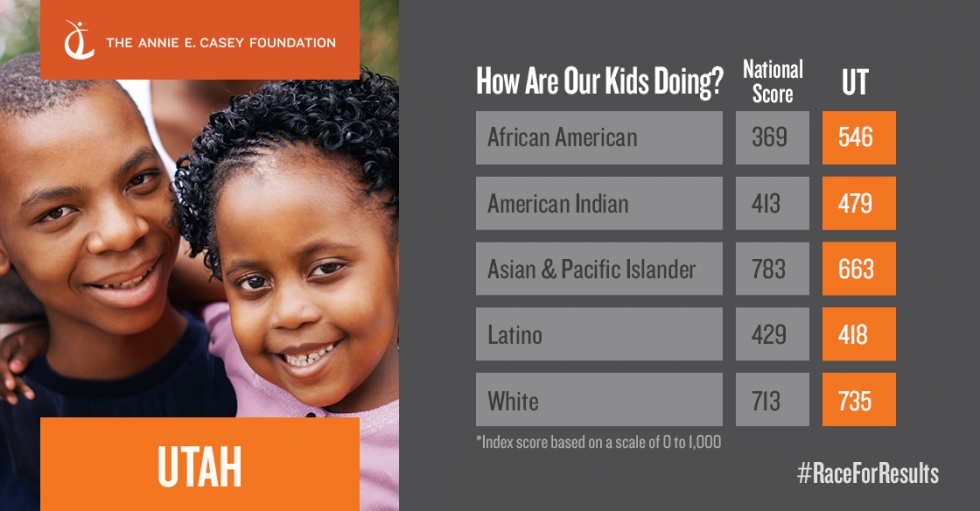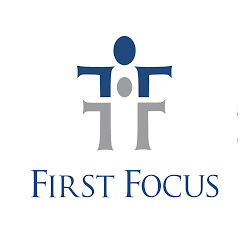The recently released Annie E. Casey Foundation report, 2017 Race for Results: Building a Path to Opportunity for All Children report, shows that Utah’s children in immigrant families and children of color are more likely to live in poverty, less likely to complete at least an associate’s degree, and more likely to live in families where the head of the household does not have a high school degree.
This year’s report focuses on children in immigrant families. Perhaps the most telling difference between children in immigrant families and children in U.S.-born families is the percentage of children living above 200 percent of poverty (a little over $48,000 for a family of four). While 67 percent of children in U.S.-born families in Utah live above 200 percent of poverty, only 42 percent of children in immigrant families have the same security. The level of inequity in the data is alarming, and the difference in poverty levels for our children of color and children in immigrant families is concerning as this one indicator impacts all the other indicators we study.
This is the second Race for Results report by the Casey Foundation; the first was released in 2014. The report uses an index to measure children’s progress on the national and state levels on key education, health and economic milestones by racial and ethnic groups. The index uses a composite score of these milestones on a scale of one (lowest) to 1,000 (highest) to make comparisons. In Utah, non-Hispanic white children clearly have more opportunities to reach milestones that lead to success.
The index out of 1000 for Utah:
Black/African American, 546, ranks 4th in U.S.
American Indian/Alaska Native, 479, ranks 12th in U.S.
Asian/Pacific Islander, 663, ranks 39th in U.S.
Hispanic/Latino, 418, ranks 30th in U.S.
White, 735, ranks 18th in U.S.
The 2017 report reveals improvement for all children in the percentage of children living above 200 percent of poverty when compared to the 2014 report, though just over a third of Hispanic and American Indian children and just under half of Black and Asian/Pacific Islander children live above 200% of poverty. The data also shows that immigrant children are more likely to live in two-parent families and that over 90 percent of females, ages 15-19, regardless of race, are delaying childbearing until adulthood.
Although progress has been made, it is evident that poverty in Utah must be addressed. While 70 percent of white children live in families above 200 percent of poverty, almost half of African American children and only a third of Hispanic/Latino and American Indian families live in families at or above 200% of poverty.
The Race for Results makes three recommendations to help close the gap in child well-being between children of color and their white counterparts: keeping families together, helping children meet key developmental milestones and increasing economic opportunity for immigrant parents.
Here in Utah we have one of the highest rates of uninsured children in the nation. To ensure Utah kids can be healthy and thrive and meet developmental goals, all kids, regardless of documentation status, need to have access to affordable health coverage. That’s why Voices for Utah Children is working on Medicaid expansion and continuous eligibility for Medicaid. Creating a state Earned Income Tax Credit would help move low-income working families out of poverty. And making sure that we close the school to prison pipeline will ensure that students reach their full potential.
It is essential that we move forward to implement a thoughtful process for creating policies and programs that promote equity for all children in Utah. The full report can be found at http://www.aecf.org/resources/2017-race-for-results/






